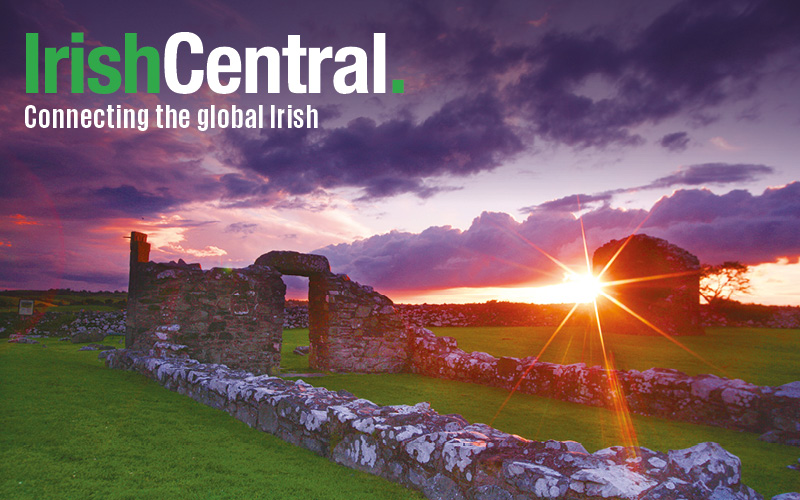Today, June 20, marks summer solstice in Ireland, the longest day of the year, a day a huge significance to ancient pagan society and one still recognized by the Irish at sites, such as the Hill of Tara every year. This year will also see the first full moon, in nearly 50 years, coincide with the solstice.
This evening (June 20) those gazing skyward will catch a glimpse of the first full moon to appear on the same day as summer solstice since 1967. Not only will it be a full moon but also a Strawberry Moon.
Despite its name the Strawberry Moon is not necessarily pink or red in color but is the full moon which arrives each June, and coincides with the start of the strawberry season. This name was given to the moon by Native American tribes and became known in Europe as the Full Rose Moon and the Honey Moon.
Heads up: Full "Strawberry" moon to coincide w/ summer solstice for first time since 1948 https://t.co/IqGOR6agnA pic.twitter.com/AHkewTB5Sm
— KTLA (@KTLA) June 18, 2016
The summer solstice marks the day when the sun is at its highest point in the northern hemisphere providing up to 17 hours of daylight. This was seen as an important time for fertility when the harvest of the coming year was blessed. This significance of the solstice is mirrored in the places of worship and burial sites, from standing stones to pyramids and tombs, that Neolithic pagan cultures built throughout the world and many were designed in alignment with the sun at this sacred time of the year, when the sun was at its most powerful.
The name “solstice” is derived from the Latin words sol (sun) and sistere (to stand still).
In Ireland the Hill of Tara is the location most associated with the solstice, where hundreds still gather each year, over the five days of the solstice, to mark the event. This area, the ancient seat of the High Kings of Ireland, is an archaeological complex that runs from Navan and Dunshaughlin, in County Meath.
Elsewhere in Ireland, especial in rural communities, locals traditional gather around a bonfire and celebrate the longest day of the year with song and dance.
Below is an infographic, on the summer solstice and its Celtic traditions created by CelticCrossOnline.com:




Comments